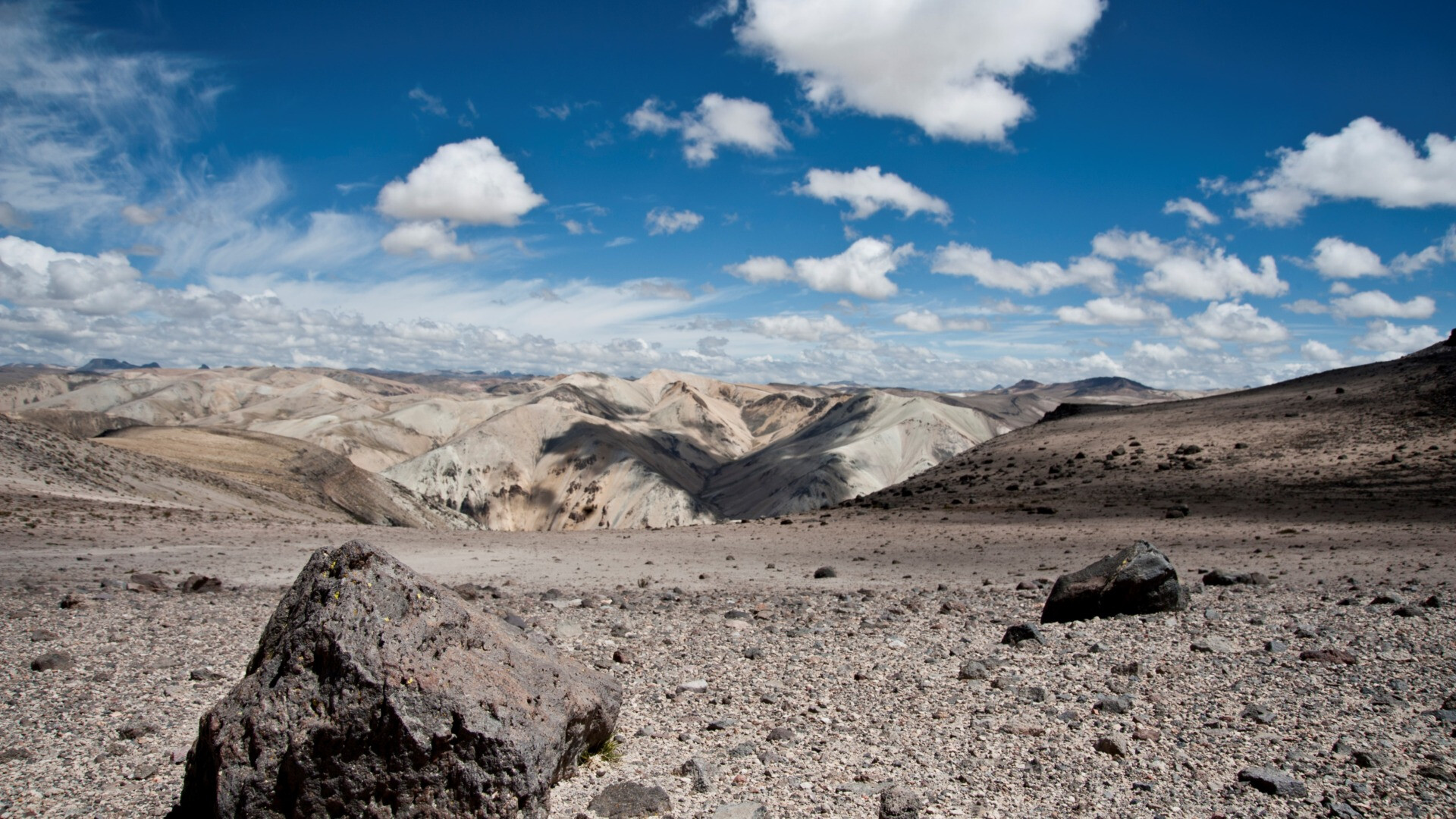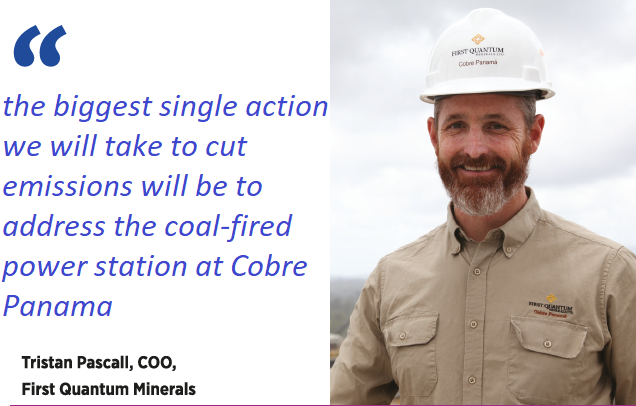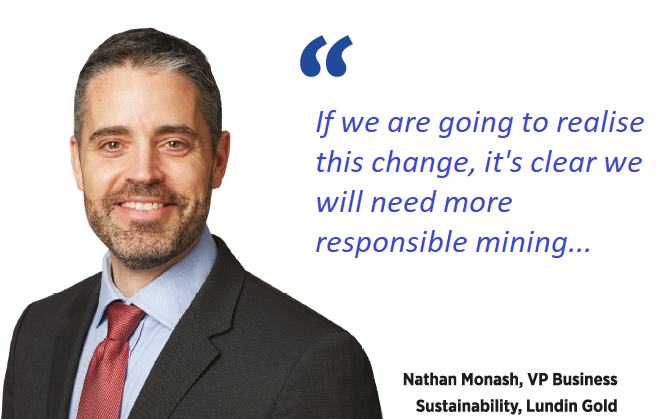Unlocking Latin America’s Cleantech Metals Potential
The world needs more cleantech metals but doesn’t want more mines - the only solution is responsible mining…

The University of Oxford and the UN recently conducted ‘the world’s biggest climate change poll’. After surveying 1.2 million people across 50 countries, they found the majority (53%) supported more renewable energy. Yet the same poll found even stronger support (54%) for ‘conserving forests and land’. And herein lies the ESG paradox. Many of the same voters and consumers pushing governments and corporations to make ambitious carbon zero pledges also oppose new mining projects. But without a massive increased in cleantech metals it will be impossible to build out the new electric infrastructure needed to replace the world’s current dependence on hydrocarbons.
The ESG paradox means the number of new mines being built is decreasing, just as the demand for cleantech metals is increasing. That’s clearly not sustainable but fortunately there is a solution – responsible mining. And it’s particularly important in Latin America, which combines the world’s largest reserves of copper – a key cleantech metal – with the most biodiversity on the planet.
Cobre Panama is a $7 billion mine, currently producing around 330,000 tonnes of copper per year that began operating in late 2019. It’s an example of the new mega copper projects we will need to switch from fossil fuels to renewable energy. Moreover, its position in the ecologically-sensitive Panamanian rainforest makes it an interesting case study in environmental management.

Cobre Panama is 90% owned and fully operated by TSX-listed copper major, First Quantum Minerals, and COO, Tristan Pascall, believes the mine adheres to the highest ESG standards in the world. “The mine was built in accordance with the Equator Principles, World Bank Environmental Guidelines and IFC Performance Standards. We had to submit 14,000 pages of impact studies to get approval from the Ministry of Environment to ensure we covered all of its 371 requirements. And this is an ongoing commitment as we have six-monthly environmental audits by the government plus additional checks by local communities. The local audits are very important because they empower local people to understand and monitor the impact of the mine.”
Community concerns
The trouble is, that not every mine ever built has been quite as diligent as Cobre Panama. Ever since the Conquista, Latin America’s economic development has been fuelled by internationally-funded commodity projects – and they haven’t always benefited the people. As a result, there are a lot of “valid social concerns”, explains Ricardo Cuesta, CEO of Produbanco, Ecuador’s leading ‘green’ bank. “If Ecuador is to increase oil and gas production and build new mines then you need to reduce corruption and ensure that the benefits are fairly distributed to the locals. The problem in Ecuador is that the oil and gas industry hasn’t really brought benefits to the country. The various oil booms over the years have only created inequality and corruption. That’s why people are sceptical about the current [mining] situation because they think they won’t feel the benefits. So even though this government is sincere, it is hard for many Ecuadorians to believe because it runs against their lived experience.”
This isn’t just a historical problem - there are plenty of environmentally-irresponsible miners operating in the region today. The worst, tend to be the smaller, local mining companies, says Ecuador’s Vice-Minister of Mining, Xavier Vera. “One reason is that they don’t have access to the latest technology. There is also a cultural problem, where some local miners continue to mine in the way that their fathers or grandfathers did. But the main culprits are the illegal miners. They don’t have any permits; they operate outside the law and cause all sorts of environmental damage. So as a government we are encouraging the small, legal operators to improve their operations. Often adopting modern technology to reduce the environmental impact – for example by removing mercury from the mining process – also makes operations more profitable. We are engaging with these smaller players because that’s where most of the environmental damage is coming from."
That type of government action is essential – because mining companies can’t do it all themselves. In countries where there is significant social opposition to the industry, miners have to work with NGOs and the government to build acceptance. Convincing some communities will not be easy, but climate change gives us little other option.
Low-GHG mining
There are two aspects to the environmental impact of a mine. There are the local effects, which are very closely tied to community relations. And then there is the global impact – namely the greenhouse gas GHG emitted by operations. GHG emissions matter because mining will struggle to convince ESG investors that it is part of the solution if it is a major contributor to global warming. “We are looking for the stocks and bonds that will help us transition into a net zero economy”, says Alfredo Mordezki, Manager of the Santander Latin America Investment Grade ESG Bond Fund. It’s evident the ESG investment movement will impact the cost of funding. There will be a higher cost of funding for industries that don’t have an acceptable ESG performance.”
First Quantum Minerals is already looking for solutions, says Pascall. “We are working hard to reduce the GHG emissions of our operations and the biggest single action we will take to cut emissions will be to address the coal-fired power station at Cobre Panama. In the coming weeks we will announce our plan for decarbonisation.”
For new projects, like Taca Taca in Argentina, renewable energy is already part of the development plan says Pascall. “It has incredible solar and wind power potential, which would allow us to achieve a small carbon footprint of the mine.”
Indeed, the fact Latin America has a greener renewable grid than any other region should stand it in good stead as a low GHG producer. “Lundin Gold is a low-intensity operation because we take grid power from an energy matrix that is dominated by hydro”, says the miner’s VP of Business Sustainability, Nathan Monash. “There are similar electricity grids elsewhere in the region so Latin America has a real opportunity to develop low-GHG intensity mining. We are always looking to boost efficiency, which reduces our emissions for each ounce of gold produced. We didn’t have a full year of operations in 2020 because of the pandemic, so we are now working to establish a baseline for annual GHG emissions, which is a first step in establishing a strategy to reduce such emissions.”
More green electricity is on the way in Ecuador, says Vice Minister Vera. “The mining industry needs renewable power so that we can have sustainable operations. And this ministry is delivering those projects, with the recent plan for the 3.2-gigawatt Santiago hydroelectric plant.”
Mining frontier
Monash, believes miners will increasingly have to operate in difficult environmental and social conditions. “When you consider the scale of mining investment that will be required to meet the energy transition, the numbers are astounding. And in the coming decades that will probably lead us to more challenging locations. There are plenty of places that have yet to be fully explored and we will discover world-class deposits in countries that have little mining today. But it is fair to assume that deposits that were easier to access and jurisdictions that were easier to manage have been disproportionately exploited.”
So, miners will start advancing to Latin America’s frontier mining countries. Because, while Chile and Peru dominate the copper market as the world’s first and second-largest producers respectively, geologists suspect other countries along the Andes could have huge reserves of the red metal. It’s notable that in his interview in this report, Colombia’s Minister of Mines and Energy, Diego Mesa, was keen to highlight his country’s cleantech metal opportunities. “Colombia is not well known as a copper producer but we have tremendous exploration potential as we are part of the Pacific basin copper belt that runs from Chile to Panama. We hope to OK 20 exploration projects over the next few months.”

Argentina is another exciting prospect, with several large copper deposits already identified. One is First Quantum’s Taca Taca, says Pascall. “Taca Taca is one of the great undeveloped copper projects in the world. We completed the technical report – the NI 43-101 – and released a maiden reserve in late 2020. The reserve life is 32 years with a much larger resource base behind that. It has good grade profile in the early years with the first decade of production at 0.63% copper. The deposit also has gold and moly by-product. Like all large mining projects, it is capital intensive, requiring $3.5billion dollars but that will yield 270,000 tonnes of annual copper production at peak.”
An optimistic example comes from Ecuador, which only saw its first ever large-scale metals mining in 2019. Lundin Gold opened Ecuador’s first large modern gold mine in late 2019 and the country “is a good jurisdiction to work in”, says Monash. “FDI is a priority for Ecuador, especially given that as a dollarized economy it needs to secure an inflow of dollars. So mining is a strategic industry for the country and the government has been supportive of the industry’s development even if some parts of the government have voiced anti-mining sentiments. Ecuador has the potential to be a mining powerhouse. It is under-explored but has already yielded world-class deposits. With the energy transition pushing up metals demand there is a realisation that the country has to take advantage of its geological endowment.”
“The only way for the mining industry to succeed in these more challenging jurisdictions”, says Monash, “is by proving itself to be an agent for responsible economic development. Mining is only sustainable if it protects the environment and acts as a platform for diversified economic development.”
For those mining firms that get it right, the rewards are massive. For example, First Quantum was founded as a 30,000 tonne per year copper producer in Zambia in 1996. Nowadays its annual output of more than 800,000 tonnes makes it one of the world’s largest copper miners. If UK investors also want to benefit from Latin America’s clean commodities, then they need to find well-run miners, in solid jurisdictions that extract those metals in an environmentally-responsible manner in partnership with local communities. Those firms will trade at a premium as the energy transition gathers pace.